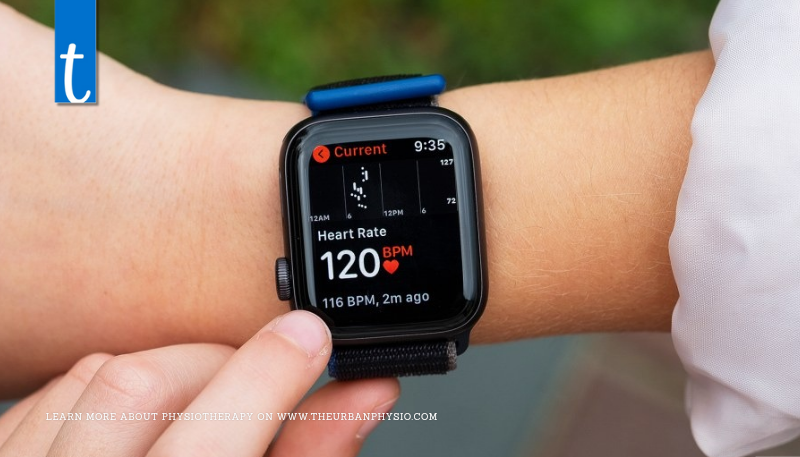In today’s tech-driven world, wearable devices are no longer just for tracking steps or counting calories—they’re transforming the way we approach fitness, health, and even medical care. Imagine a fitness tracker that not only counts your steps but also tracks your heart rate, monitors your sleep cycles, and even detects early signs of serious health conditions. This isn’t science fiction—it’s wearable technology in its latest form.
From athletes to everyday fitness enthusiasts, wearables are now equipped with powerful sensors that give real-time health data—empowering individuals and doctors to make better, informed decisions. This shift is creating new possibilities for preventive care, personalized fitness, and remote patient monitoring.
But while these innovations promise incredible benefits, they also come with their own set of challenges. So, how exactly is wearable tech revolutionizing fitness and health monitoring, and what should users know before diving in?
From Fitness to Medical: A Technological Leap
Originally designed to encourage daily movement and basic goal tracking, wearables like Fitbit and Apple Watch have now stepped into the medical realm. These devices are not just tracking heart rate and steps anymore; they’re monitoring ECG (electrocardiogram), blood oxygen saturation (SpO2), sleep cycles, respiratory rate, stress levels, and even body temperature.
ECG and Arrhythmia Detection
One of the most revolutionary features in modern wearables is ECG monitoring. Devices like the Apple Watch Series 8 and Samsung Galaxy Watch can detect irregular heart rhythms like atrial fibrillation (AFib), offering early warnings that could lead to life-saving medical intervention.
Blood Oxygen Monitoring
SpO2 sensors measure the percentage of oxygen in your blood. Especially critical during the COVID-19 pandemic, this metric now helps users monitor lung function, detect breathing disorders like sleep apnea, and manage chronic conditions like COPD.
Stress, Sleep & Recovery: The Invisible Metrics
Mental and emotional health are increasingly recognized as essential components of physical fitness. Wearables now track Heart Rate Variability (HRV)—a key indicator of stress and recovery. Combined with sleep stage tracking (REM, Deep, Light), users can now optimize recovery just as seriously as their workouts.
Tech-Driven Sleep Science
Devices like WHOOP and Oura Ring go a step further, offering daily recovery scores based on sleep, HRV, and strain levels. This helps athletes and even general users decide when to push harder and when to rest.
Dehydration & Electrolyte Monitoring: What’s Coming Next?
Emerging wearables are exploring sweat analysis sensors that can detect hydration levels, electrolyte balance, and even lactic acid buildup. These innovations could reshape endurance training and recovery protocols in real time.
Real-Time Fitness Data Meets Clinical Insights
Perhaps the biggest game-changer is the integration of wearable data into Electronic Health Records (EHR). Physicians and physiotherapists can now get a continuous stream of patient data, enabling better diagnosis, remote monitoring, and personalized treatment plans—especially for people with chronic conditions, post-operative patients, or athletes recovering from injuries.
Pros and Cons of Wearable Tech in Medical Fitness
Pros:
Early detection of health issues like arrhythmias, low oxygen, or stress overload
24/7 monitoring offers real-time insights for both patients and physicians
Improved motivation and adherence to fitness goals through gamification
Helps personalize fitness routines based on recovery, sleep, and stress data
Remote patient monitoring is highly valuable for post-op rehab and chronic condition management
Cons:
Data overload can confuse or overwhelm non-medical users
Not always 100% accurate, especially in low-cost devices
Privacy concerns over continuous health tracking and data sharing
Can promote obsession or anxiety over metrics and numbers
Not a replacement for medical judgment; devices offer data, not diagnoses
Final verdict: Welcome to the Age of Medical Fitness
Wearable tech is no longer just a trendy accessory—it’s a medical device wrapped in sleek design. As the line between fitness and clinical health continues to blur, we’re entering a new era where data-driven fitness meets preventive medicine. Whether you’re an athlete, a patient, or someone just trying to stay healthy, this tech is giving you more control than ever over your body’s metrics.






